Aquatic Invasive Species
An increasing number of damaging aquatic species are invading the waters of Connecticut. Zebra mussels and Eurasian water milfoil are most familiar to anglers but other exotic species may cause problems as well. You can help prevent the spread of problem species by following these simple suggestions!
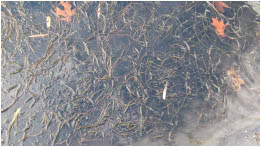
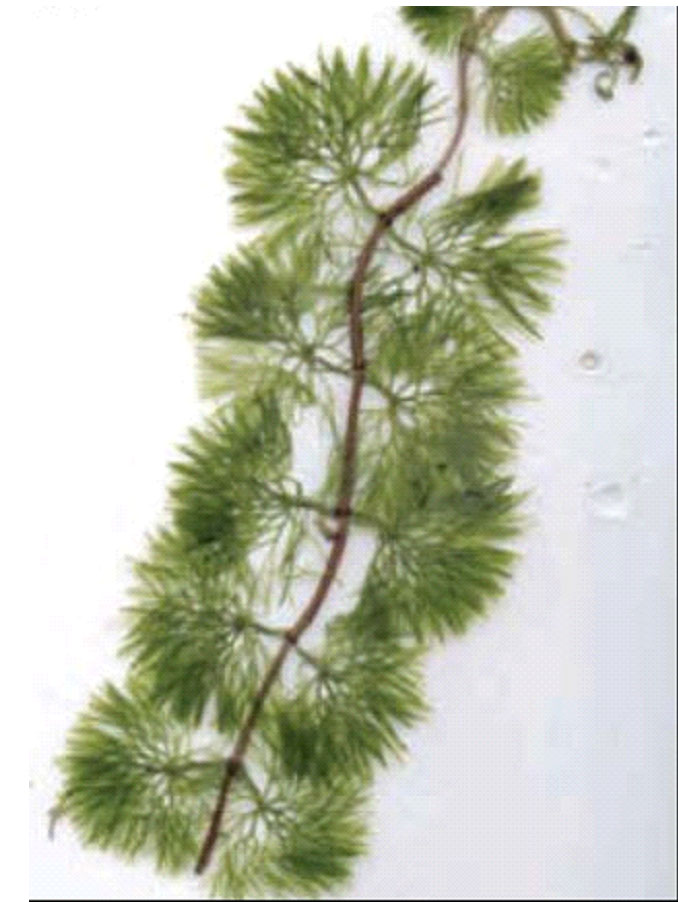
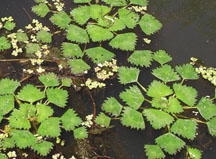
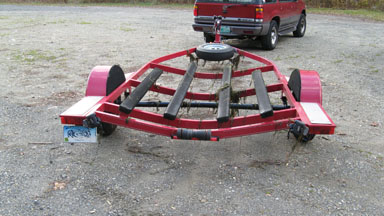
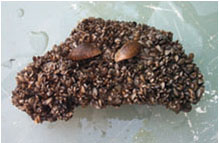
Connecticut river hydrilla (Hydrilla verticillata ssp. Lithuanica) has been present in the Connecticut River since 2016. This aquatic invasive plant has been spreading to other lakes and ponds in recent years. The state's water resources are threatened by this aggressive plant. Learn more about the spread and prevention of hydrilla in Connecticut.
Explore the CT AIS web app to discover where aquatic invasive species (AIS) have been documented across Connecticut. Learn how to identify these species that threaten the state’s freshwater ecosystems and report any new AIS sightings directly to the Office of Aquatic Invasive Species on the “Report AIS and Update Database” page.
Before Leaving a Boat Launch, Practice the Clean, Drain, Dry Technique
Clean:
- Inspect and remove all visible plant, fish, and animals as well as mud or other debris at the launch. Do not transport them home.
- Check trailer, including axle and wheel areas - in and around the boat itself: anchor, props and jet engines, ropes, boat bumpers, paddles (anything that came in contact with the water).
Drain:
- Eliminate all water from every conceivable space and item before you leave the area you are visiting.
- Remove the drain plug from boats and put boat on an incline so that the water drains out
- Drain all water in live-wells, bilge, ballast tanks, transom wells, kayaks, canoes, rafts, motors, jet drives, boat hulls, scuba tanks and regulators, boots, waders, bait buckets, seaplane floats and swimming floats.
Dry:
- Dry Equipment, if possible, allow for 5 days of drying time before entering new waters.
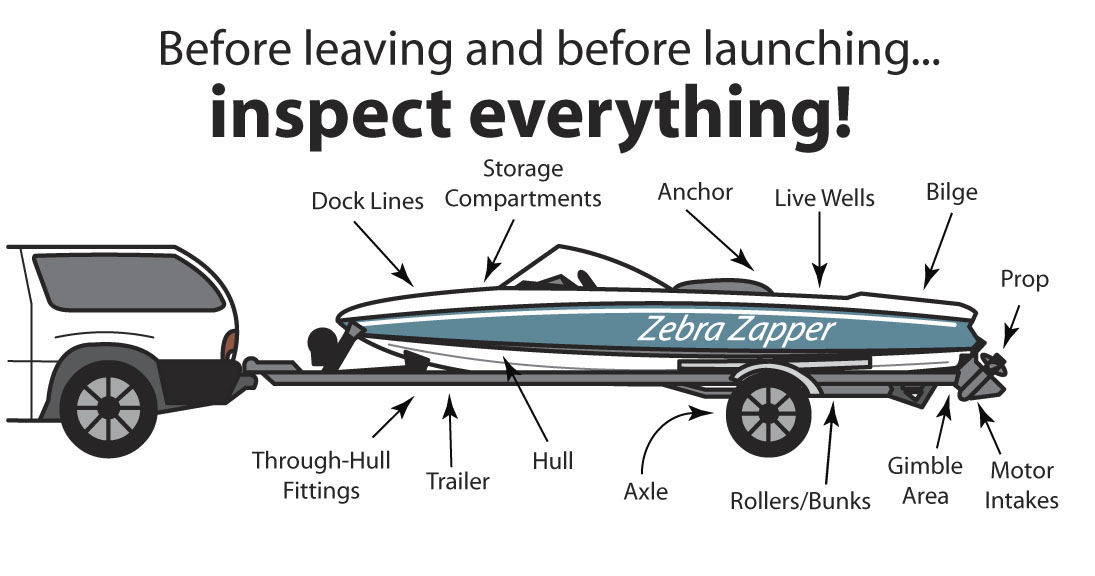
The "Clean, Drain, Dry" technique is the suggested Best Management Practice and will prevent the further spread of aquatic invasive species.
Boaters are reminded that according to Connecticut General Statute 15-180 and Public Act 12-167, no person shall transport a vessel, or any trailer used to transport such vessel, in Connecticut without first inspecting such vessel for the presence of vegetation and aquatic invasive species and properly removing and disposing of any such vegetation and aquatic invasive species that are visible and identifiable. Any person who violates the provisions shall be fined not more than $100 for each violation.
Aquatic Invasive Species (AIS) Stamp
Any person who operates a vessel required to display a registration decal on Connecticut’s inland waters must have an Aquatic Invasive Species (AIS) Stamp. This applies to both Connecticut residents and out-of-state boaters. To determine if your vessel needs to be registered, Boat Registration (ct.gov) has additional information.
The AIS Stamp is proof that you have paid a fee dedicated to the Connecticut Lakes, Rivers, and Ponds Preservation account. Funds aggregated from these fees will be used for projects involving the restoration and rehabilitation of lakes, ponds, and rivers, treatment to control AIS and cyanobacteria, and education and outreach programs to promote AIS awareness in Connecticut. Connecticut boaters who do not purchase the AIS Stamp upon registration of their vessel are subject to a fine of $103. Anyone intending to operate an out-of-state registered vessel on Connecticut inland waters also must purchase an AIS Stamp.
Persons operating a registered vessel on inland waters of Connecticut will need to purchase an “Individual AIS Stamp” or a “Vessel AIS decal” through the Online Outdoor Licensing System or wherever fishing licenses are sold. (Questions and answers about the AIS Stamp)
Individual AIS Stamp - $7.00
The Individual AIS Stamp covers any individual boater operating any vessel on Connecticut’s inland waters and is good for the calendar year in which it is purchased. The AIS Stamp will print on the individual’s Sportsmen Conservation License as a privilege similar to a fishing or hunting license.
Vessel AIS Decal - $25.00 ($20.00 + $5.00 processing fee)
DEEP will mail a Vessel AIS Decal which must be affixed to the vessel (see below for where to affix the decal). The Vessel AIS Decal covers any operators of an individual vessel upon which the decal is applied while operating on Connecticut’s inland waters and is good for the calendar year in which it is purchased. The purchaser of the Vessel AIS Decal is also considered to be covered with an Individual AIS Stamp. The Vessel AIS Decal will also print on the purchaser’s Sportsmen Conservation License as a privilege similar to a fishing or hunting license.
The importation, transportation, sale, purchase, cultivation or distribution of a number of invasive plants including the following aquatic plants is prohibited*. Violators can be fined $50 per plant! (CGA 22a-381d)
- Curly leaved pondweed (Potamogeton crispus)
- Eurasian water milfoil (Myriophyllum spicatum)
- Water chestnut (Trapa natans)
- Fanwort (Cabomba caroliniana)
- Egeria (Egeria densa)
- Purple loosetrife (Lythrum salicaria)
- American water lotus (Nelumbo lutea)
- Onerow yellowcress (Rorippa microphylla)
- Brittle water-nymph (Najas minor)
- Yellow iris (Iris pseudacorus)
- Hydrilla (Hydrilla verticillata)
- Variable water milfoil (Myriophyllum heterophyllum)
- Common reed (Phragmites australis)
- Parrotfeather (Myriophyllum aquaticum)
- Giant salvinia (Salvinia molesta)
- Pond water-starwort (Callitriche stagnalis)
- Yellow floating heart (Nymphoides peltata)
- Watercress (Rorippa nasturium-aquaticum)**
* Except for eradication, education or research purposes.
** Except for watercress without reproductive structures sold for human consumption
Additional Information:
Grants for the Control of Aquatic Invasive Species: Municipalities, state agencies (including state colleges and universities), and not-for-profit organizations are eligible to receive grants through this program.
Examples of Aquatic Invasive Species in Connecticut
Connecticut Invasive Plant List (Connecticut Invasive Plant Working Group)
Factsheet: CT Aquatic Invasive Freshwater Mollusks and Crustaceans
A Guide to Invasive Aquatic Plants of Connecticut
Why Do We Care if Non-native Plants Enter Into Our Water Bodies?
Releasing Bait and Aquarium Pets
Aquatic Invasive Species brochure
Best Management Practices for Decontamination
Content last updated in April 2025.

